Understanding and improving farming regulation
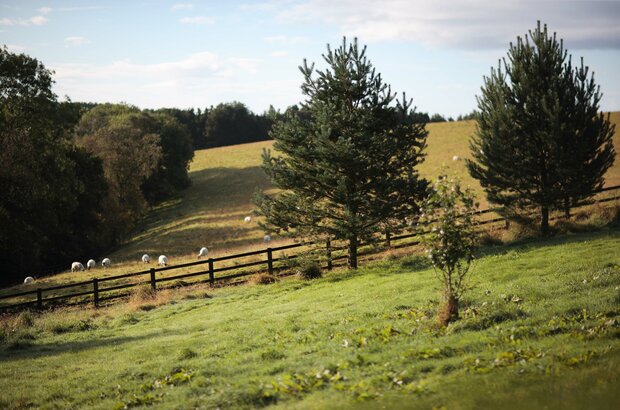
Some farming and land management activities are regulated to safeguard our environment and to protect the health of animals, plants and people. We do this through around 150 pieces of legislation, comprising primary and secondary legislation. All of this legislation applies to agricultural activity, and collectively constitutes what is known as the ‘regulatory baseline for agriculture’. This …
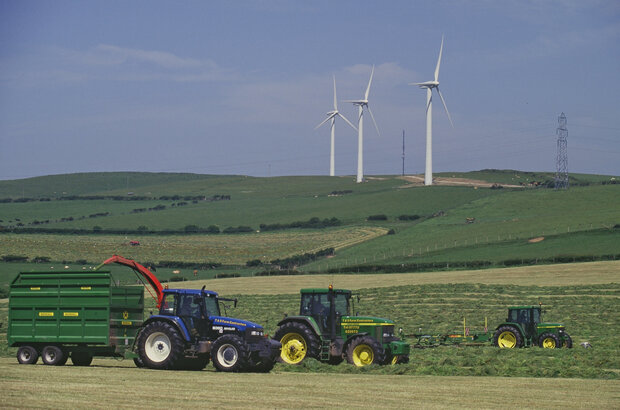
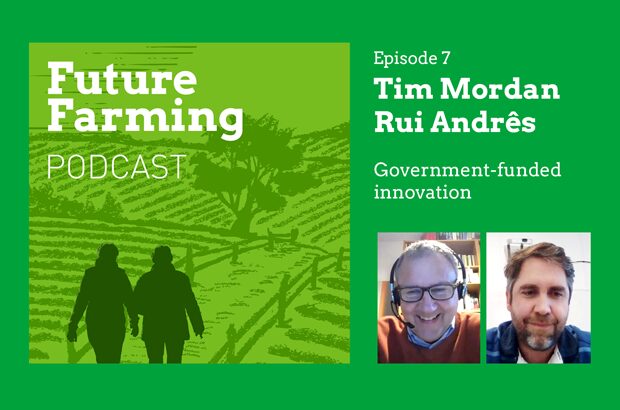
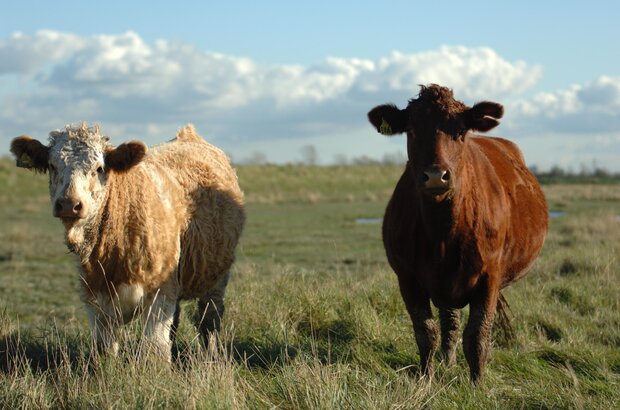


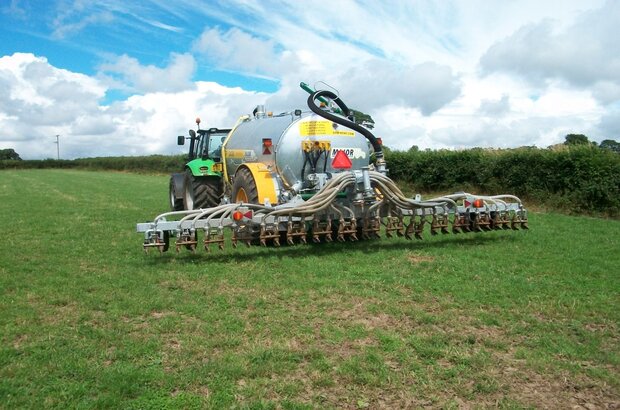

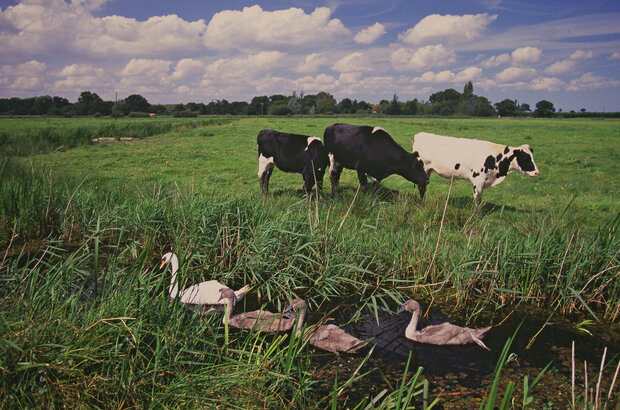
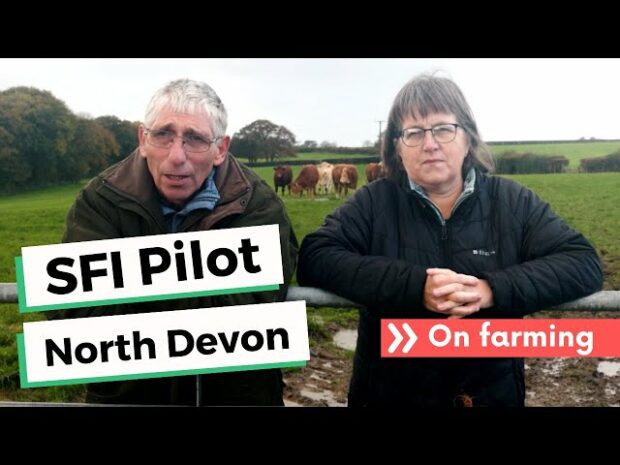


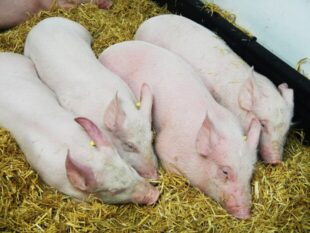
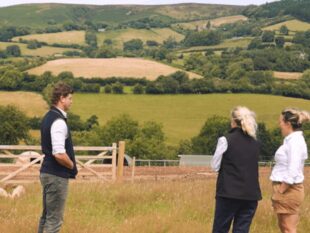 The
The 